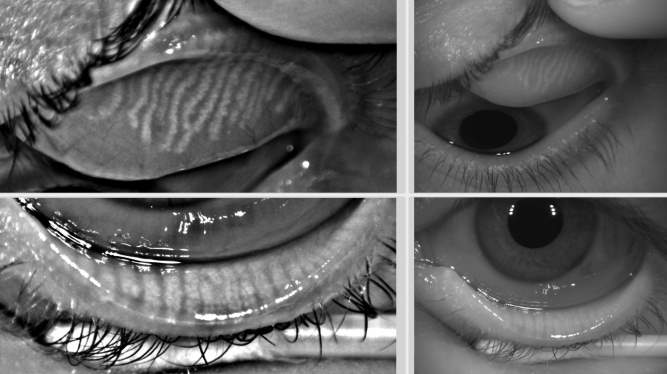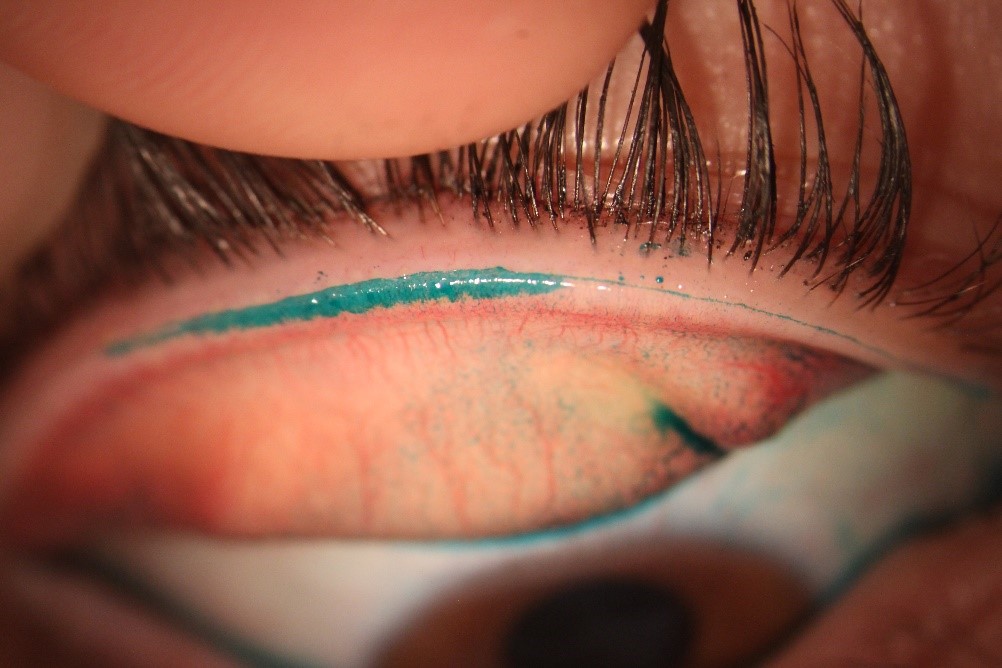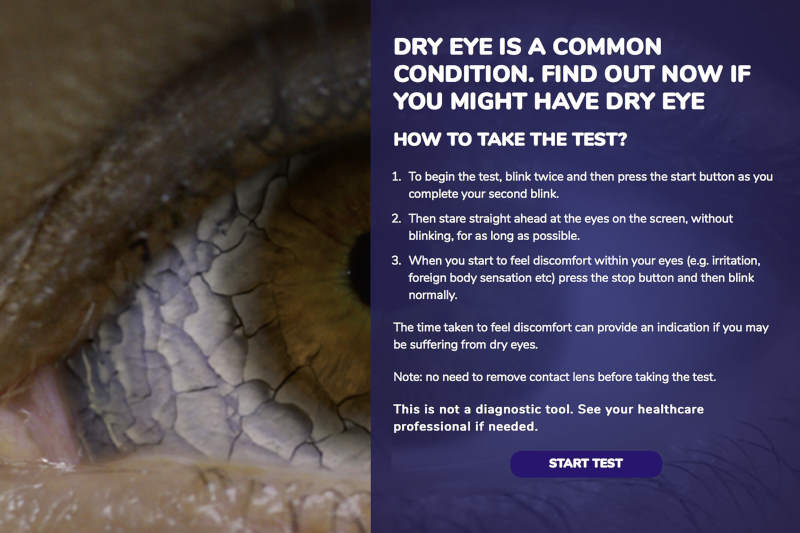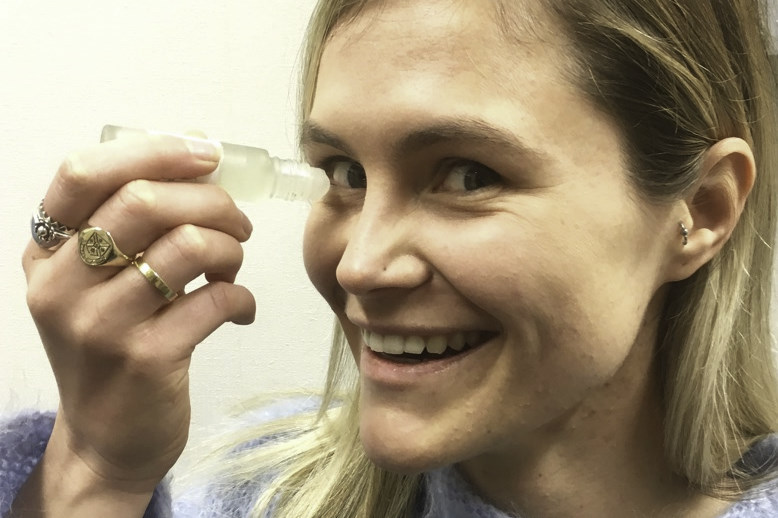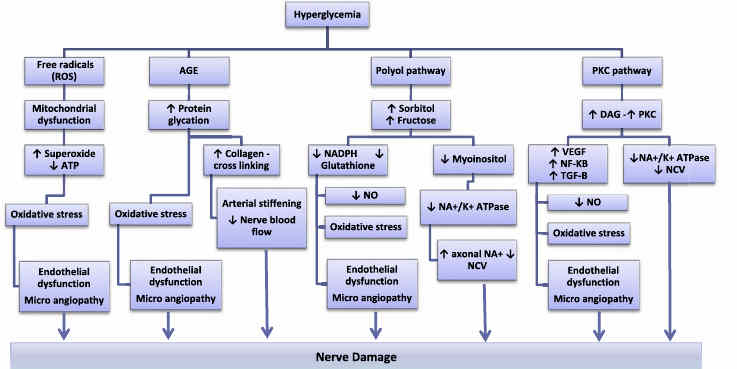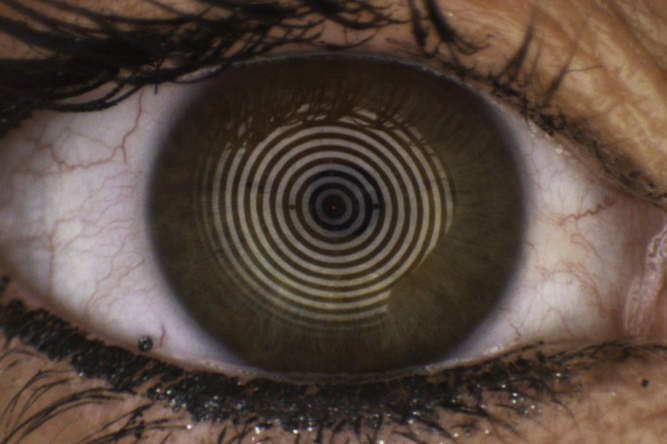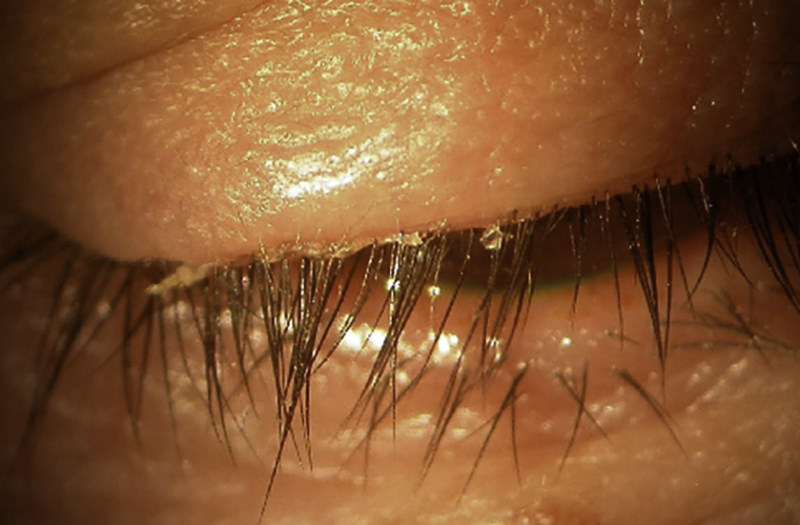Blinking and the tear film
Although blinking training is commonly recommended as part of the multi-modal management of dry eye disease, the relationship between clinical measurements of blinking patterns and markers of dry eye severity remains yet to be established. The influence of blinking patterns on tear film parameters, ocular surface characteristics and dry eye symptomology was therefore explored in a recently published age, gender and ethnicity-matched cross-sectional study, conducted by the University of Auckland Ocular Surface Laboratory (OSL), in collaboration with senior lecturer Dr Maria Markoulli from the School of Optometry and Vision Science at the University of New South Wales.
A total of 154 participants were recruited in the study, of which 77 exhibited clinically detectable incomplete blinking and 77 did not. Blink rate, dry eye symptomology, tear film parameters and ocular surface characteristics were assessed in a single clinical session. The results demonstrated that incomplete blinking was associated with a two-fold increased risk of dry eye disease, as defined by the global consensus TFOS DEWS II dry eye diagnostic criteria. Participants exhibiting incomplete blinking exhibited significantly higher levels of symptoms and meibomian gland dropout, as well as poorer tear film stability, lipid layer thickness, expressed meibum quality, eyelid notching and anterior blepharitis grades. Interestingly, no significant correlations were observed between blinking frequency and ocular surface parameters.
The findings of the study provide evidence in favour of the hypothesis that incomplete blinking may predispose towards the development of meibomian gland dysfunction and evaporative dry eye, through diminishing the flow of meibomian lipids into the tear film, which may potentially contribute towards dropout and atrophy of the meibomian glands (Fig 1). Furthermore, the potential association between incomplete blinking and development of meibomian gland dysfunction would also support current recommendations of offering blinking training as part of the multi-modal management of dry eye disease.
References
Wang MT, Tien L, Han A, Lee JM, Kim D, Markoulli M, Craig JP. Impact of blinking on ocular surface and tear film parameters. doi: 10.1016/j.jtos.2018.06.001. Ocul Surf. 2018.
By Dr Michael Wang, Leslie Tien, Alicia Han, Jung Min Lee, Dabin Kim, A/Prof Jennifer Craig (Auckland) and Dr Maria Markoulli (Sydney)










